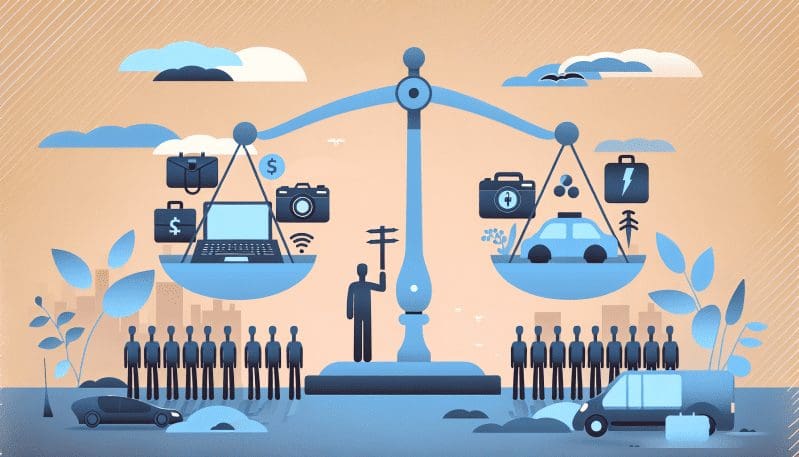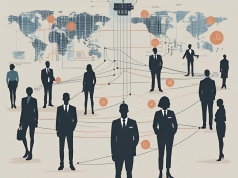In the last decade, the rise of the gig economy has reshaped the landscape of work, bringing with it a wave of flexibility and an onslaught of concerns regarding workers’ rights. This blog post aims to critically examine the gig economy, not just as a labor trend, but as a barometer of changing social contracts between employers, workers, and the broader society.
The gig economy refers to a labor market characterized by the prevalence of short-term contracts or freelance work as opposed to permanent jobs. Platforms like Uber, Lyft, and Upwork have become the flagbearers of this sector, often cited as the poster children of gig work. The appeal of gig work is manifold: it offers unprecedented flexibility, allowing individuals to choose when, where, and how much they work. For many, it’s an entrepreneurial ladder to climb, with stories of success and autonomy fueling the allure of this modern work style.
Testimonials from those thriving in the gig economy speak volumes. Sarah, an Uber driver in Brooklyn, cherishes the ability to earn while studying part-time. Mark, a software developer on Upwork, values the variety of projects and the control over his workload. Yet, behind these positive experiences lies a complex narrative.
The gig economy is not without its challenges and criticisms. Job insecurity is a glaring issue, with workers often left in the lurch without predictable income or traditional employment benefits such as health insurance, paid leave, and retirement plans. Financial instability is a constant companion for many gig workers. The stress associated with this unpredictability can take a psychological toll, as the absence of a clear career progression path often lies at the forefront of a gig worker’s mind.
Research findings and expert opinions suggest the gig economy could exacerbate income inequality and erode the very concept of stable employment. A study by the JP Morgan Chase Institute highlighted the volatility of incomes among gig workers, with a significant majority experiencing month-to-month fluctuations in earnings.
The workforce landscape is undoubtedly being reshaped by the gig economy. Millennials and Gen Z workers often prioritize work-life balance and flexibility over long-term job security, influencing how traditional companies approach talent retention and recruitment. Some firms now offer more flexible work arrangements, acknowledging the shift in work values.
On the regulatory front, landscapes are changing, too. California’s AB5 law aimed to reclassify gig workers as employees, extending to them labor rights and protections. New York City’s minimum wage rules for rideshare drivers represent another attempt to balance worker protections with the innovation and freedom the gig economy promotes. These legislative measures have sparked heated debates, bringing the tension between regulation and independence to the forefront.
As we look to the future, questions of sustainability loom large. Is the gig economy a transitory phase towards a new understanding of work, or will it cement itself as a permanent fixture? We must envision the workplace culture and labor rights we desire, recognizing that policy, business innovation, and collective action will shape the outcome.
The future of the gig economy will be determined by our collective decisions. As such, we invite our readers to engage in a dialogue about the future of work. What model do we want to advocate for, and how can we ensure that the rights and well-being of workers are not sidelined in the process? Your voice is crucial in this conversation.
This blog post is meant to spark thoughtful discussion among The Work Times readers. Providing a comprehensive analysis of the gig economy, we also challenge you to think critically about its implications for the future of work, worker, and workplace.




























